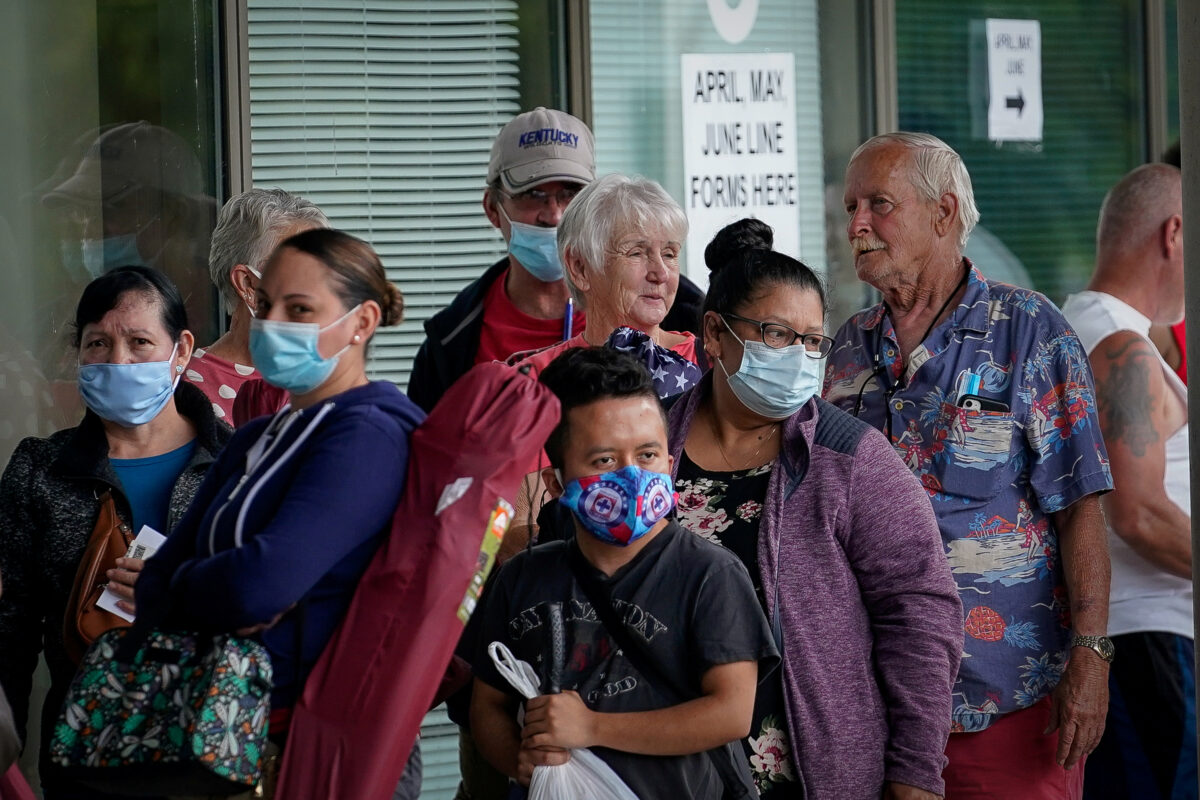
Weekly Jobless Claims Drop Below 1 Million, Beating Expectations
The number of Americans filing new claims for unemployment benefits last week dropped to just over 8..
The number of Americans filing new claims for unemployment benefits last week dropped to just over 880,000, falling by more than expected and breaking the psychological barrier of 1 million, stoking hope for a more robust labor market rebound amid fears it is stalling.
The Labor Department said on Thursday that initial claims for state unemployment benefits fell to a seasonally adjusted 881,000 for the week ended Aug. 29, from 1.011 million in the prior week. Economists polled by Reuters predicted 950,000 jobless claims applications, so the reported figures are a surprise to the upside.
“Theres going to be a rotation at some point in time. There is this notion that we are closer to a vaccine, and everybody will get protected and well get back to normal by the end of the year,” said Greg Hahn, chief investment officer at Winthrop Capital Management in Indiana.
In another encouraging trend, the number of people continuing to collect unemployment after earlier filing an initial claim dropped by 1.24 million to 13.325 million during the week ending Aug. 22, the Labor Department figures showed.
Other labor market indicators are flagging a cooling in job growth, suggesting that the labor market recovery was slowing as the pandemic persists and fiscal stimulus fades.
The ADP National Employment Report showed that private payrolls rose by 428,000 jobs last month, while economists polled by Reuters predicted private payrolls would rise by 950,000 in August.
While U.S. manufacturing activity surged to a nearly two-year high in August amid a sharp rise in new orders, employment continued to lag. Though factory employment showed a slight improvement in August compared to July, it remained in contraction territory, with the Institute for Supply Managements manufacturing employment measure rising to a reading of 46.4 last month from 44.3 in July. Any number below 50 represents contraction.
Also delivering mixed signals was Wednesdays report from the Federal Reserve, which while it showed an increase in employment, also noted that “some districts also reported slowing job growth and increased hiring volatility, particularly in service industries, with rising instances of furloughed workers being laid off permanently as demand remained soft.”
A longer-term view of the U.S. labor market shows that job growth is expected to slow significantly over the next decade compared to the employment boom during the longest economic expansion in U.S. history, which was thrown into a tailspin by the outbreak of the Read More – Source

